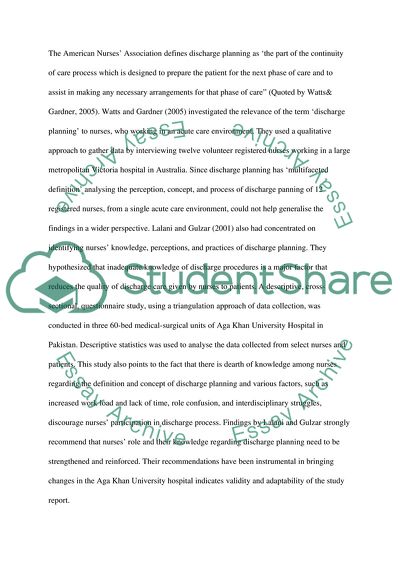Cite this document
(“Nurse Facilitated Hospital Discharge Planning in an Elderly Unit Literature review”, n.d.)
Nurse Facilitated Hospital Discharge Planning in an Elderly Unit Literature review. Retrieved from https://studentshare.org/nursing/1720065-nurse-facilitated-hospital-discharge-planning-in-an-elderly-unit
Nurse Facilitated Hospital Discharge Planning in an Elderly Unit Literature review. Retrieved from https://studentshare.org/nursing/1720065-nurse-facilitated-hospital-discharge-planning-in-an-elderly-unit
(Nurse Facilitated Hospital Discharge Planning in an Elderly Unit Literature Review)
Nurse Facilitated Hospital Discharge Planning in an Elderly Unit Literature Review. https://studentshare.org/nursing/1720065-nurse-facilitated-hospital-discharge-planning-in-an-elderly-unit.
Nurse Facilitated Hospital Discharge Planning in an Elderly Unit Literature Review. https://studentshare.org/nursing/1720065-nurse-facilitated-hospital-discharge-planning-in-an-elderly-unit.
“Nurse Facilitated Hospital Discharge Planning in an Elderly Unit Literature Review”, n.d. https://studentshare.org/nursing/1720065-nurse-facilitated-hospital-discharge-planning-in-an-elderly-unit.


